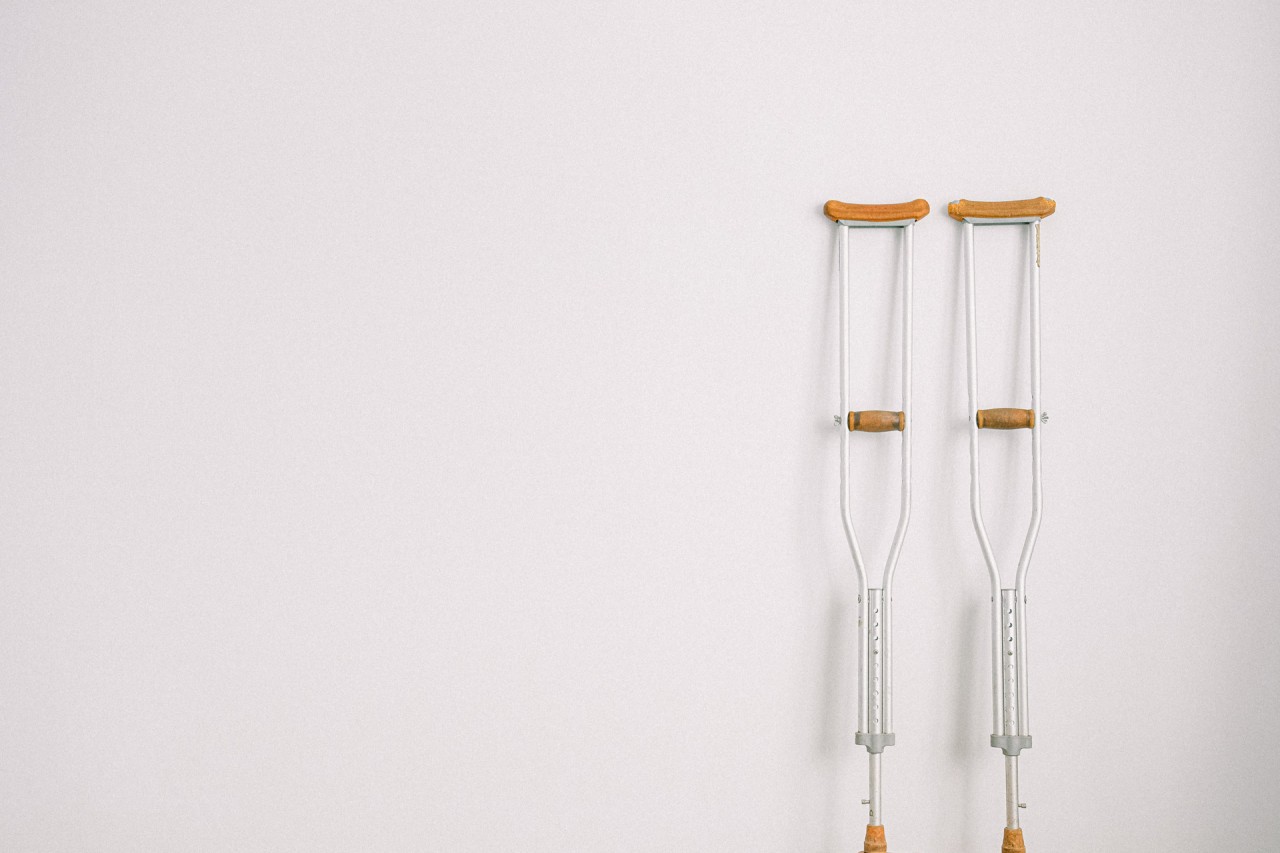Why R.I.C.E When You Can M.O.V.E Instead?
Did you know the originator of the R.I.C.E (rest, ice, compression, elevation) protocol has since redacted his stance on such for recovery of tissue/s? This was created in 1971, by Dr. Mirkin, as a standard for addressing acute injuries and has since been utilized for decades for recovery and pain management. Unfortunately, this outdated protocol is still used by athletes, in sports medicine facilities, chiropractic, physical therapy and medical clinics as a means to address injured tissue.
Inflamed Background
First we must have some background on why inflammation, which gets a bad rep, is actually very important. Inflammation is necessary for healing. Whether an acute or chronic injury, our goal is to incite an inflammatory cascade to begin the healing process to then return your tissues to full function. This cascade effect involves different chemicals which remove unnecessary debris (white blood cells) and incite protein and collagen synthesis (fibroblasts). However, this is a delicate process that oftentimes requires careful management by a musculoskeletal provider who understands pain management and the stages of healing.
Say “No” to Ice...
The reason why we don’t recommend icing for really any complaint, is because ice is thought to limit the inflammatory process. For starters, ice vasoconstricts blood vessels that deliver vital oxygen supply to the tissues. Oxygen is crucial for muscles and tissue to thrive, and is especially necessary during an injury recovery phase. Additionally, cold temperatures are thought to decrease and pool lymphatic drainage. The lymphatic system is critical to cycle inflammatory chemicals to bring these compounds to and from the injured area which continues the progression through the stages of healing.
If you can't tell already, all of these variables seem to prolong the time before gaining full function and returning to play or simply just your normal activities of daily living.
So What Should I Do?
Pending no fractures or other red flags, the most important thing you can do with an acute injury is keep moving. You want to “encourage immediate but gentle restoration of active range of motion with gradual introduction of functional activities.” Moving the injured area may also be helpful in naturally facilitating the swelling out of the area as well. In addition, prolonged lack of movement can lead to muscle atrophy. As stated earlier, this healing effect thrives on a delicate balance of load. Think of it like a see-saw: too little load will not bring enough inflammation, but too much load can cause re-injury to the area or tear the tissue further. I liked this acronym from Dr. Jennifer Robinson, which should be the goal of every sound clinician and pain management specialist:
M.O.V.E
- Movement, not rest.
- Options: offer other options for cross training.
- Vary rehabilitation with strength, balance and agility drills.
- Ease back to activity early for emotional strength.
Band Aids
This acronym brings up another good point as to why we don’t utilize many passive therapies in clinic. Cold and heat packs, e-stim, roller beds all pale in comparison to movement, load and integrating improved neuromuscular control. These modalities can be thought of a “band-aid” covering up a larger issue. In the short-term, may bring relief, but does not create much needed inflammation or stability to the injured area. This is why our care plans and treatments always involve some type of movement; whether it be a frozen shoulder, ankle sprain, or pulled hamstring, the best thing you can do is MOVE!
If you have an acute injury or chronic pain, it is important to manage this inflammatory process with a clinic that understands the many factors needed to getting you back to whatever activity you love...hint, this is our expertise!
Let's no longer R.I.C.E, but M.O.V.E!
Reference: https://thischangedmypractice.com/move-an-injury-not-rice/
About the author
Dr. Sam Reals’ empathy for people in pain motivates him to learn the most up-to-date treatment standards and rehab protocols, encouraging patients to incorporate exercise long after their care plan has concluded. Dr. Sam Reals believes it is only through exercise that people can unlock their true potential and increase longevity to a happy, fulfilling life.
